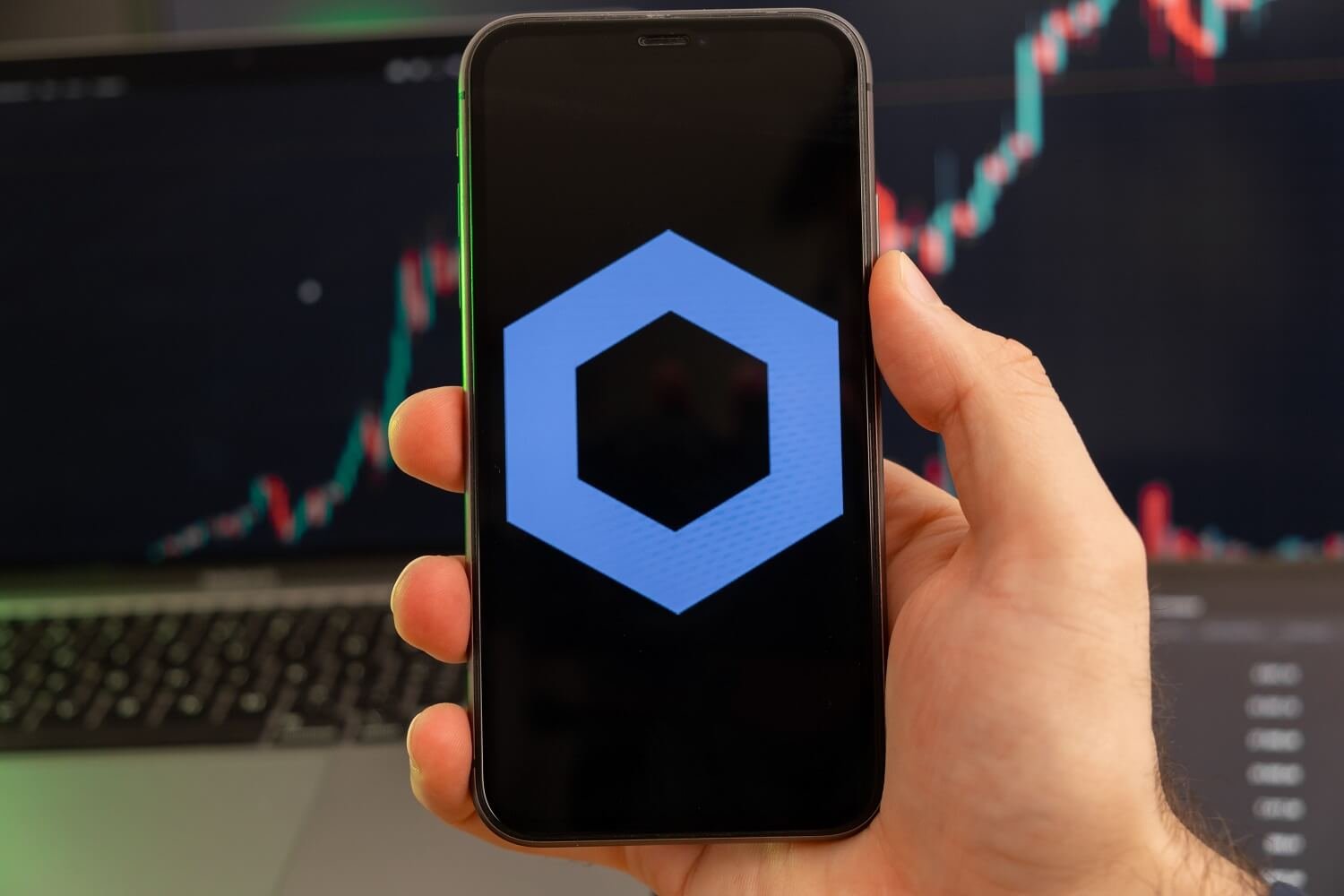By Leika Kihara
TOKYO (Reuters) -The Bank of Japan on Friday is set to project inflation will stay near its 2% target in coming years and signal its readiness to raise interest rates from near-zero, in hope of keeping yen bears from pushing the currency to fresh 34-year lows.
Recent threats of intervention by Japanese authorities have failed to arrest the yen’s slide against the dollar to levels unseen since 1990, adding to headaches for policymakers worried about the hit to consumption from rising living costs.
The yen’s falls are driven by receding expectations of a near-term U.S. interest rate cut, and reassurances by the BOJ that it won’t hike rates aggressively after having ended eight years of negative interest rates in March.
With no policy change expected at the two-day meeting concluding on Friday, markets are focusing on any hints from Governor Kazuo Ueda on how the weak yen could affect the next rate hike timing.
Ueda may feel pressure to join the government in warning traders against pushing down the currency too much, some analysts say.
“There’s a possibility the weak yen could push up trend inflation through rises in imported goods prices. If the impact becomes too big to ignore, it might lead to a change in monetary policy,” Ueda said in Washington last week, a view he may repeat at his post-meeting press conference.
The BOJ is expected to maintain its short-term interest rate target at a range of 0-0.1%, which was set just a month ago when it made a historical exit from its massive stimulus programme.
3rd party Ad. Not an offer or recommendation by Investing.com. See disclosure
here
or
remove ads
.
In a quarterly outlook report due after the meeting, the board is expected to project inflation – as measured by an index excluding fresh food and fuel costs – to stay near its 2% target through early 2027, sources have told Reuters.
But data released on Friday showed Tokyo core inflation, a leading indicator of nationwide figures, slowed much more than expected to slip below the BOJ’s 2% target in April, underscoring uncertainty over the price outlook.
Ueda has said the BOJ could hike rates further if it becomes confident that wage gains will broaden and prod firms to hike service prices, thereby kicking off a cycle of wage and price hikes.
The report’s projection on consumption, inflation expectations and wages may offer clues on how soon it could next hike rates, analysts say.
Economists polled by Reuters are divided on the timing of the BOJ’s next hike with some betting on action in the third quarter, while others project October-December or beyond.
Markets are also focusing on whether the BOJ will maintain guidance offered in March to keep buying government bonds around the current pace of 6 trillion yen ($38.6 billion) per month.
A removal or tweak of the guidance, originally put in place to avoid the March exit from causing an abrupt spike in bond yields, could be interpreted by markets as suggesting the BOJ will soon taper its bond buying to allow yields to rise more.
The BOJ will discuss ways to reduce its bond buying at Friday’s meeting, such as reviewing the 5-7 trillion yen range it set for its monthly purchases, Jiji news agency reported on Thursday.
3rd party Ad. Not an offer or recommendation by Investing.com. See disclosure
here
or
remove ads
.
Any such move could prop up the yen, as the BOJ’s huge bond buying is seen by markets as among factors that helped weaken the currency by capping bond yields, analysts say.
At the end of each quarter, the BOJ releases its bond-buying schedule for the following quarter. In the schedule for the April-June quarter released last month, the BOJ said it would buy government bonds in a range of 5-7 trillion yen per month.
The BOJ will issue details on its May bond-buying plan on April 30.
($1 = 155.6400 yen)











